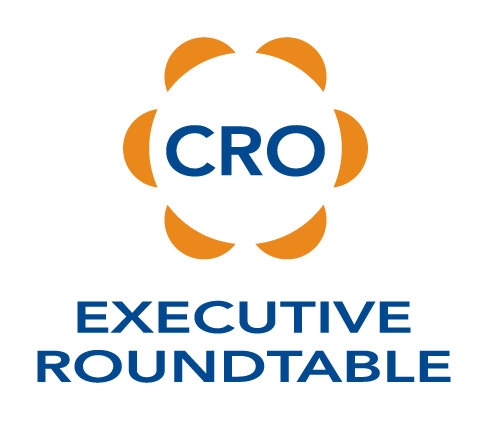Bernard Marr has a thoughtful LinkedIn piece on business models for today’s world. He contends that you need to understand your business model to compete in today’s disruptive business world. How true.
Here is a quick excerpt for each model:
The servitisation (subscription) business
Instead of selling a product or a service as a one-off, servitisation companies operate on a subscription or ongoing service model, building a more intimate understanding of their customers in the process.
The platform-based business
This model is closely linked to the sharing economy and subscription models (see above – in fact, platforms are particularly powerful when combined with a subscription model). Well-known examples of platform businesses include Facebook, GitHub, Uber and Airbnb. As you can probably guess from these examples, platforms provide a mechanism or network – this could be a physical network, not necessarily online – for parties to interact with each other.
The social, authentic business
The traditional, corporate business model, with its hierarchies, silos and endless formal meetings is changing. These days, customers want to see the people behind the brand; they want to really “connect” with a business. Remember how companies and, more specifically, the people who work for them were discouraged from voicing personal viewpoints or discussing the company outside of work? That’s now an outdated way of operating. Today’s authentic businesses share their opinions and stand up for their values.
The employee-centric business
The way we work is changing. People are more nomadic in their work, and the days of a “job for life” are well and truly gone. To be successful, companies still need great people, but the way they go about attracting those people is changing. The “gig economy” has played a huge role in this transformation, since it gives businesses the means to create a fantastic team in lots of different ways – not just the traditional, full-time, permanent employee route.
The partner-centric business
As well as becoming more employee centric, companies are also becoming more partner centric. They are almost like networked businesses, outsourcing work, tapping into on-demand services, partnering with providers, and insourcing expertise where necessary. They create attractive networks of partnerships – and are a valuable partner to others. Just look at the average small or mid-sized business these days and you’ll likely see an example of a networked, partner-centric business.
The customer value-obsessed business
For me, this model applies to absolutely every business because it’s all about solving customers’ problems, anticipating their needs, making people’s lives easier and removing any friction or hassle. Amazon is an obvious example of this. Online personal styling subscription service Stitch Fix is another great example. With Stitch Fix, users detail their size and style preferences by filling out a questionnaire (they can also link to their Pinterest account). Then, using artificial intelligence, the system pre-selects clothes that will fit and suit the customer, and a (human) personal stylist chooses the best options from that pre-selected list.
The constant-innovation business
The ability to innovate is crucial to business success. But, today, the pace of innovation isn’t just fast, it’s constant. Some of the most successful businesses in the world are constantly innovating and transforming, even if it means cannibalising their own products and services to create something new. Take Apple’s iPod, for example. By introducing smart phones that could hold your music, the company effectively killed off the need for a separate device.
The data-driven business
Smart organisations recognise that data is one of their critical business assets. Really smart organisations encourage a data culture, where the importance of data is recognised at every level of the business, and decisions across the company are based on data, not assumptions.
The tech-savvy business
We live in a time of break-neck technological innovation. AI, big data, blockchain, 3D printing, augmented reality and virtual reality are just some of the massive changes that are taking place right now. So it’s no surprise that many of the most successful companies on the planet are tech businesses. Apple, Alphabet (Google’s parent company), Microsoft, Amazon and Facebook are, at the time of writing, among the six most valuable companies in the world; the only non-tech company in the top six is Warren Buffet’s Berkshire Hathaway.
This comprehensive list addresses almost all of the current models. It seems that these models will potentially change in the near future. The technological changes on the horizon will certainly drive new models embracing new technologies. For now, understanding your ideal model will help define your revenue focus.





